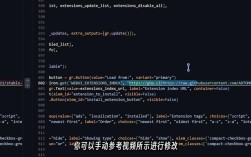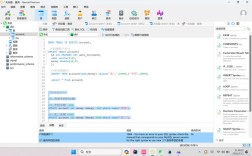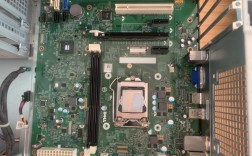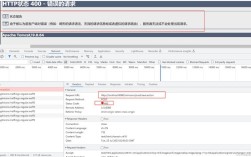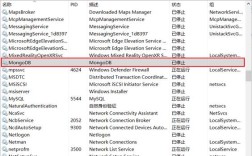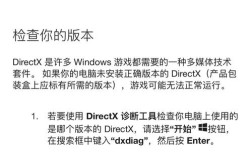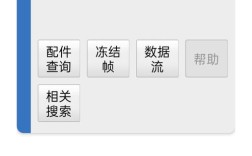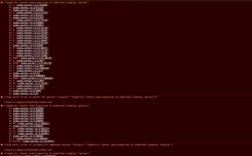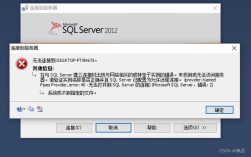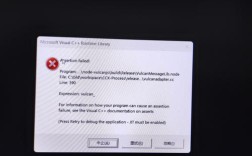Jedis 报错问题详解
Jedis 是一个流行的 Java Redis 客户端,用于连接和操作 Redis 数据库,在使用 Jedis 时,开发者可能会遇到各种异常和错误,本文将详细分析 Jedis 常见的报错原因、解决方案及注意事项。
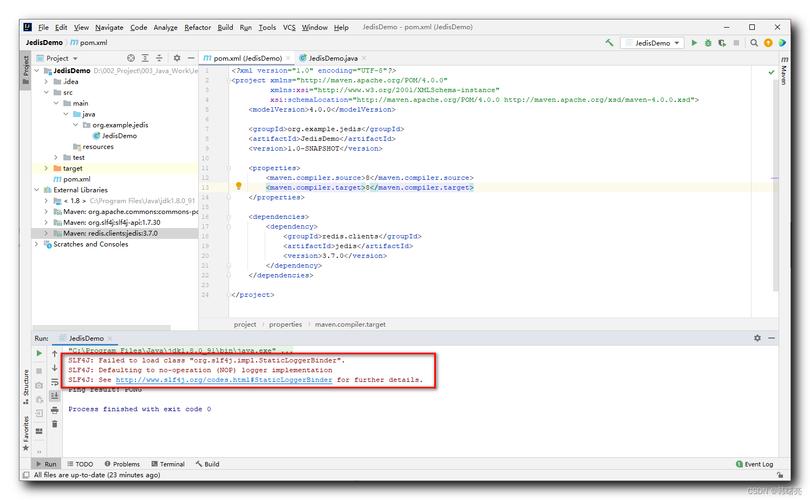
一、Jedis 常见报错及解决方法
1. JedisConnectionException: Failed to create socket
报错信息:redis.clients.jedis.exceptions.JedisConnectionException: Failed to create socket.
可能原因:
Redis服务器未启动:尝试连接的 Redis 服务器没有运行。
错误的连接信息:如主机名、端口或密码等配置信息错误。
网络问题:网络故障或防火墙设置阻止了与 Redis 服务器的通信。
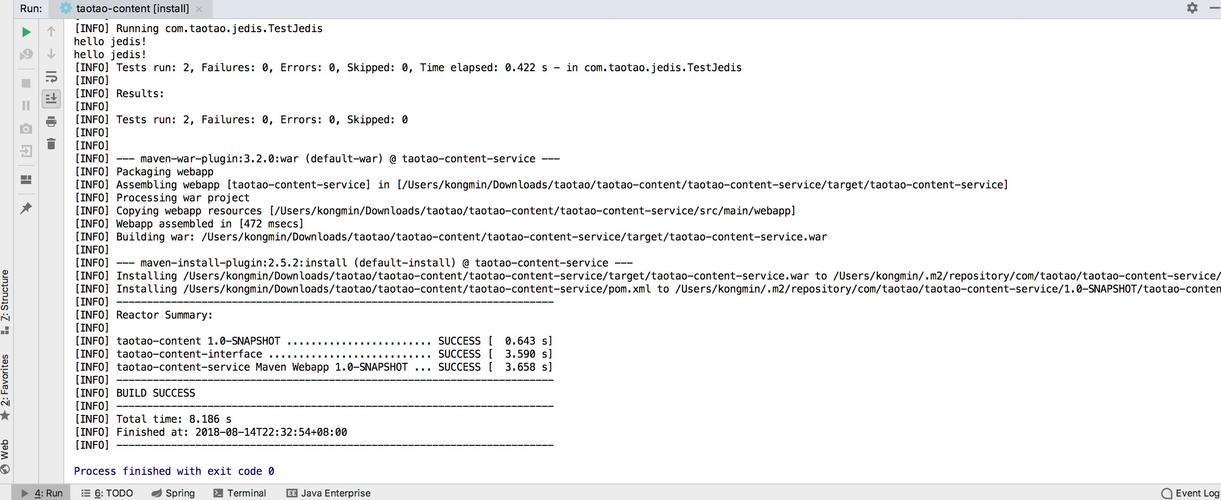
客户端配置问题:Jedis 客户端的超时设置不合理或其它配置错误。
Redis服务端资源受限:服务器资源不足,无法接受新的连接。
解决方法:
检查 Redis 服务状态:确认 Redis 服务端是否已经启动,并在预期端口上监听,可以在服务器上使用命令rediscli ping,如果返回 "PONG",则服务正在运行。
核查并修正所有的客户端连接信息:核实应用中配置的 Redis 服务器地址、端口和密码都是正确的。
检查网络连接:使用ping 命令检查网络连通性,使用telnet 命令测试端口是否开放。
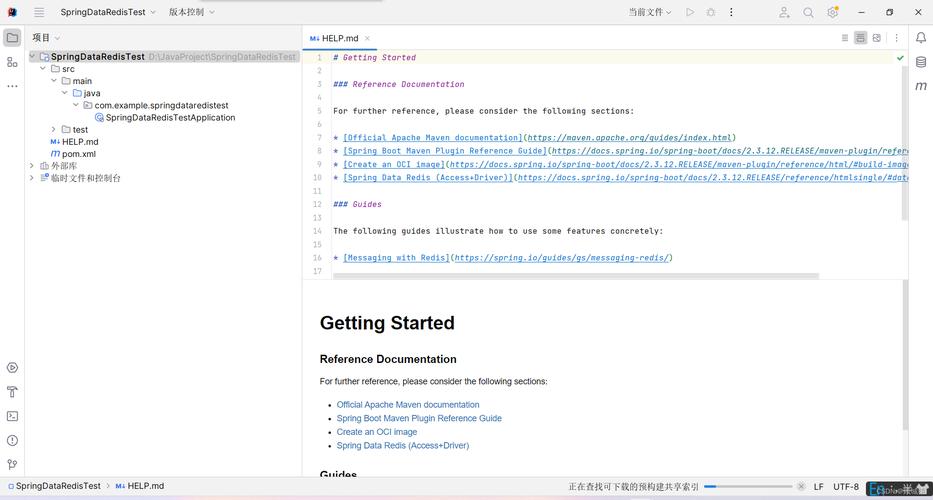
- ping redis_server_ip
- telnet redis_server_ip redis_port
调整 Jedis 客户端配置:检查 Jedis 客户端的配置,确保超时设置等参数适当。
- JedisPoolConfig poolConfig = new JedisPoolConfig();
- poolConfig.setMaxTotal(128);
- JedisPool jedisPool = new JedisPool(poolConfig, "redis_server_ip", redis_port, timeout, "password");
检查 Redis 服务器资源:登录到 Redis 服务器,检查 CPU、内存和网络资源使用情况,确保服务器能够正常响应请求。
- top b n1 | grep redis
- free m
- iftop
2. JedisMovedDataException
报错信息:redis.clients.jedis.exceptions.JedisMovedDataException
可能原因:
集群重组:Redis 集群进行了重新分片或节点重新分配,导致数据被移动到新的节点。
客户端配置错误:Jedis 客户端未正确配置为连接到 Redis 集群,仍然尝试单节点操作。
请求路由错误:请求被发送到了错误的节点,无法正确访问数据。
解决方法:
使用 JedisCluster:在集群环境中,应该使用JedisCluster 来连接到 Redis 集群,而不是单节点连接,以下是正确的代码示例:
- import redis.clients.jedis.HostAndPort;
- import redis.clients.jedis.JedisCluster;
- import java.util.HashSet;
- import java.util.Set;
- public class RedisExample {
- public static void main(String[] args) {
- // 定义集群节点
- Set<HostAndPort> clusterNodes = new HashSet<>();
- clusterNodes.add(new HostAndPort("localhost", 7000));
- clusterNodes.add(new HostAndPort("localhost", 7001));
- clusterNodes.add(new HostAndPort("localhost", 7002));
-
- // 创建 JedisCluster 实例
- JedisCluster jedisCluster = new JedisCluster(clusterNodes);
-
- // 设置和获取键值对
- jedisCluster.set("key", "value");
- String value = jedisCluster.get("key");
-
- System.out.println("Retrieved value: " + value);
-
- // 关闭 JedisCluster 实例
- try {
- jedisCluster.close();
- } catch (IOException e) {
- e.printStackTrace();
- }
- }
- }
处理异常:在操作 Redis 集群时,捕获和处理可能的异常,如JedisMovedDataException,并进行适当的重试或重新路由。
3. JedisConnectionException: Could not get a resource from the pool
报错信息:redis.clients.jedis.exceptions.JedisConnectionException: Could not get a resource from the pool
可能原因:
连接池配置不当:连接池的最大连接数、最大空闲连接数等配置不合理,导致连接资源耗尽。
Redis服务器不可用:Redis 服务器宕机或网络连接不稳定,导致无法获取连接。
连接泄漏:连接未被正确关闭和归还连接池,导致连接资源耗尽。
高并发访问:并发请求过多,超出了连接池的最大连接数限制。
解决方法:
合理配置连接池:根据应用需求合理配置连接池参数,例如最大连接数、最大空闲连接数等。
- JedisPoolConfig config = new JedisPoolConfig();
- config.setMaxTotal(128);
- config.setMaxIdle(128);
- config.setMinIdle(16);
- config.setTestOnBorrow(true);
- config.setTestOnReturn(true);
- config.setTestWhileIdle(true);
确保连接资源的正确管理:使用 trywithresources 语句确保 Jedis 实例在使用完毕后自动关闭并归还连接池。
- try (Jedis jedis = pool.getResource()) {
- jedis.set("key", "value");
- System.out.println(jedis.get("key"));
- } catch (Exception e) {
- e.printStackTrace();
- }
监控和调整:监控连接池的使用情况,并根据实际负载动态调整连接池参数,可以使用工具如 Prometheus 和 Grafana 进行监控。
处理高并发访问:对于高并发场景,可以考虑增加连接池的最大连接数,或者使用其他方式如队列来控制并发量。
二、注意事项
1、正确配置集群:确保 Jedis 客户端正确配置为连接到 Redis 集群的所有节点,避免单点故障。
2、处理异常:在操作 Redis 集群时,捕获和处理可能的异常,如JedisMovedDataException,并进行适当的重试或重新路由。
3、使用 JedisCluster:在集群环境中,始终使用JedisCluster 而不是单节点连接。
4、合理配置连接池:根据应用需求合理配置连接池参数,避免连接资源耗尽。
5、监控和调整:定期监控连接池的使用情况,并根据实际负载动态调整连接池参数。
6、资源管理:确保连接在使用完毕后正确关闭并归还连接池,避免连接泄漏。
7、高可用架构设计:对于生产环境的应用,建议采用更多的差错诊断措施和高可用架构设计来降低单点故障的风险。
三、相关问答FAQs
Q1:如何在 Spring Boot 项目中使用 JedisCluster?
A1:在 Spring Boot 项目中使用 JedisCluster,可以通过以下步骤实现:
1、添加 Maven 依赖:
- <dependency>
- <groupId>org.springframework.boot</groupId>
- <artifactId>springbootstarterdataredis</artifactId>
- </dependency>
- <dependency>
- <groupId>redis.clients</groupId>
- <artifactId>jedis</artifactId>
- <version>最新版本号</version>
- </dependency>
2、配置 Redis 集群节点:
- spring:
- redis:
- cluster:
- nodes:
- "localhost:7000"
- "localhost:7001"
- "localhost:7002"
3、使用JedisConnectionFactory 和RedisTemplate:
- import org.springframework.context.annotation.Bean;
- import org.springframework.context.annotation.Configuration;
- import org.springframework.data.redis.connection.jedis.JedisConnectionFactory;
- import org.springframework.data.redis.core.RedisTemplate;
- import org.springframework.data.redis.serializer.GenericToStringSerializer;
-
- @Configuration
- public class RedisConfig {
- @Bean
- public JedisConnectionFactory jedisConnectionFactory() {
- return new JedisConnectionFactory();
- }
-
- @Bean
- public RedisTemplate<String, Object> redisTemplate() {
- RedisTemplate<String, Object> template = new RedisTemplate<>();
- template.setConnectionFactory(jedisConnectionFactory());
- template.setValueSerializer(new GenericToStringSerializer<>(Object.class));
- return template;
- }
- }
4、注入和使用RedisTemplate:
- import org.springframework.beans.factory.annotation.Autowired;
- import org.springframework.data.redis.core.RedisTemplate;
- import org.springframework.stereotype.Service;
-
- @Service
- public class MyService {
- @Autowired
- private RedisTemplate<String, Object> redisTemplate;
-
- public void someMethod() {
- redisTemplate.opsForValue().set("key", "value");
- System.out.println(redisTemplate.opsForValue().get("key"));
- }
- }
Q2:如何优化 Jedis 连接池的性能?
A2:优化 Jedis 连接池的性能可以从以下几个方面入手:
1、合理配置连接池参数:根据应用的并发量和资源使用情况,调整连接池的最大连接数、最大空闲连接数等参数。
- JedisPoolConfig config = new JedisPoolConfig();
- config.setMaxTotal(128); // 最大连接数
- config.setMaxIdle(128); // 最大空闲连接数
- config.setMinIdle(16); // 最小空闲连接数
- config.setTestOnBorrow(true); // 借用连接时进行测试
- config.setTestOnReturn(true); // 归还连接时进行测试
- config.setTestWhileIdle(true); // 空闲时进行测试
2、使用连接池监控工具:使用监控工具如 Prometheus 和 Grafana 监控连接池的使用情况,及时发现和解决性能瓶颈。
3、优化 Jedis 客户端配置:调整 Jedis 客户端的超时设置和其他参数,以适应具体的应用场景。
- config.setSoTimeout(2000); // 设置超时时间为2秒
4、减少网络延迟:将 Jedis 客户端与 Redis 服务器部署在同一局域网内,减少网络传输延迟。
5、使用高效的序列化方式:选择合适的序列化方式,提高数据传输效率,使用 JSON、Protobuf 等高效的序列化协议。
6、定期维护和优化:定期检查和优化 Jedis 服务器和客户端的配置,及时清理无用数据和过期键,保持系统高效运行。
通过以上方法和注意事项,可以有效解决 Jedis 常见的报错问题,并优化其性能和稳定性,希望本文对您在使用 Jedis 时有所帮助。

